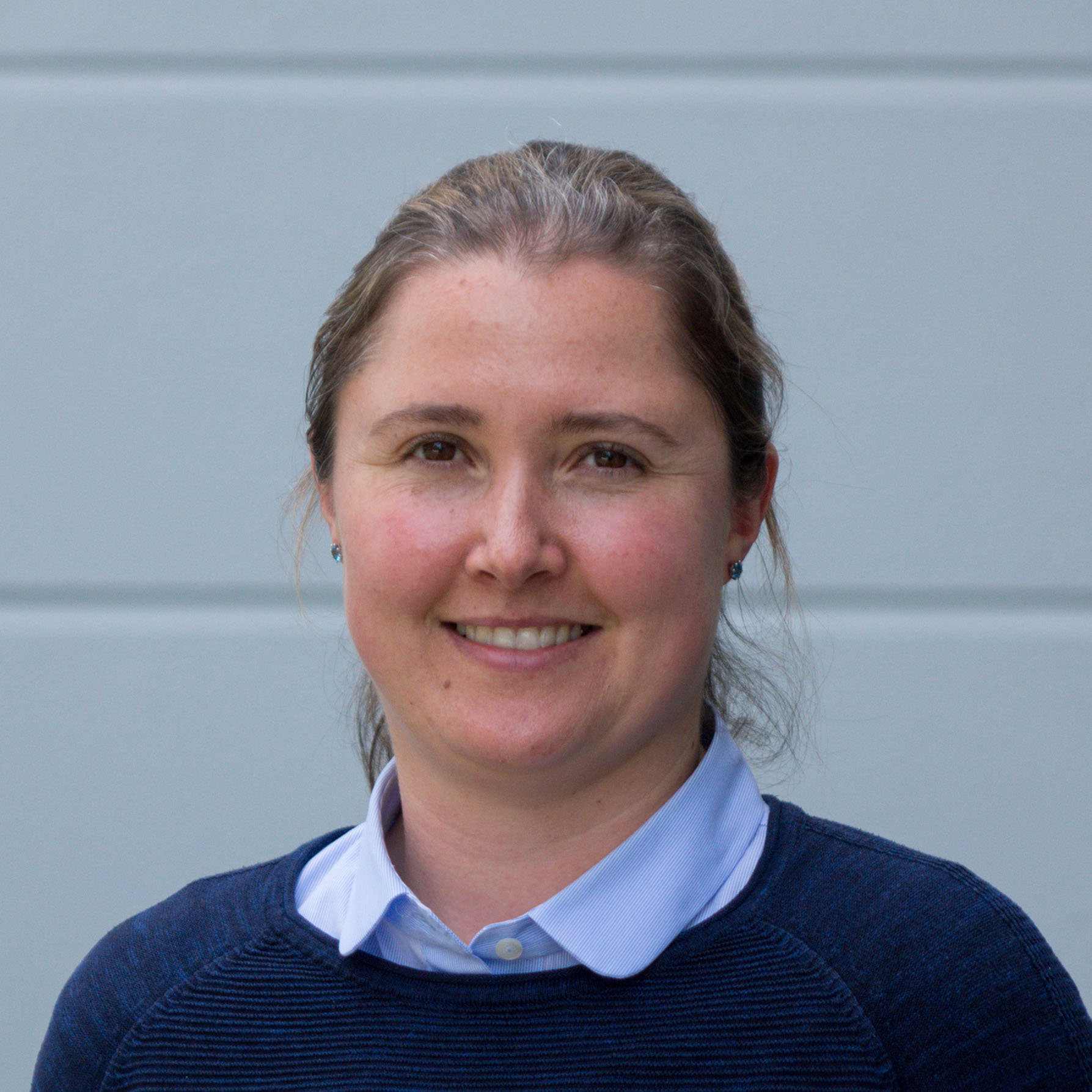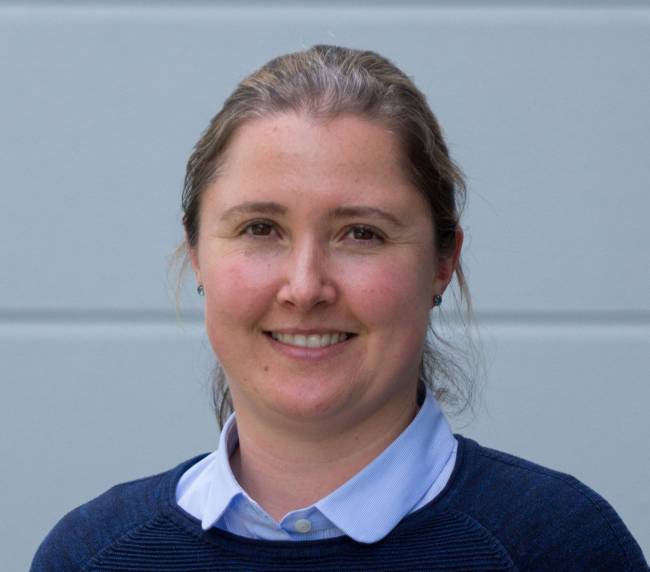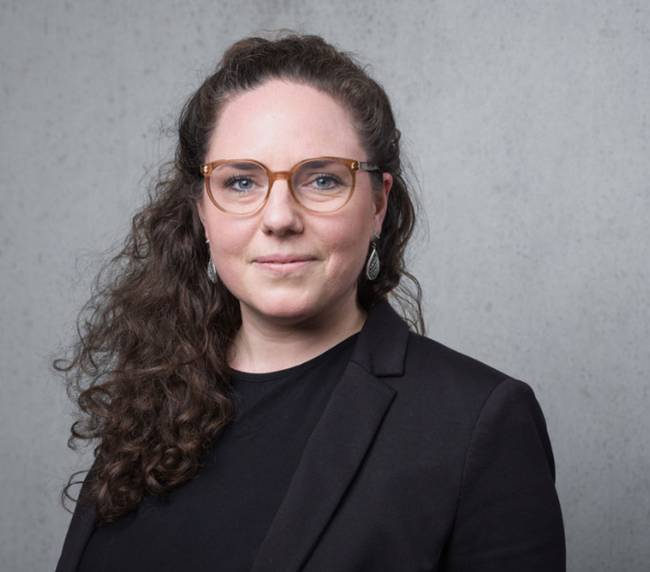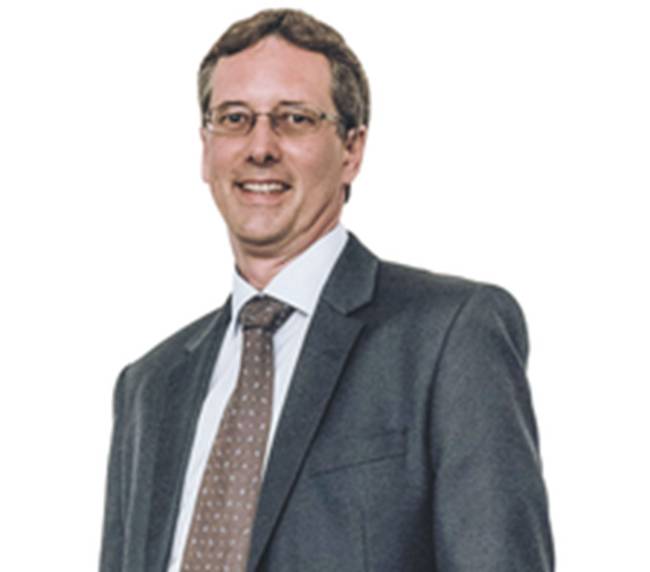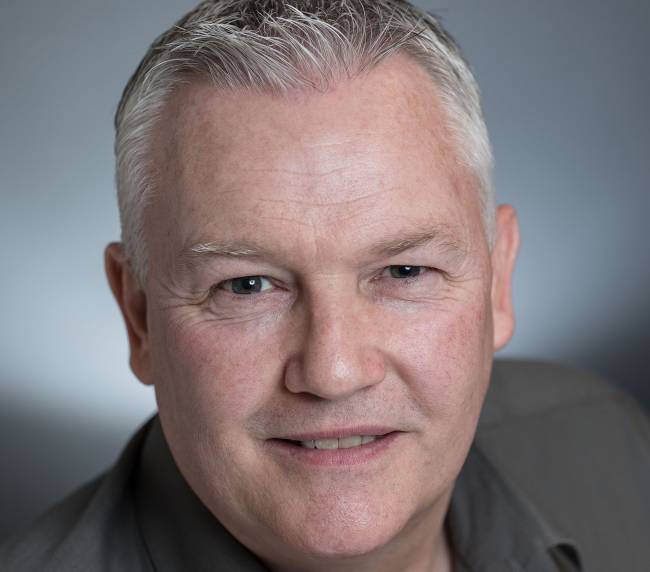Franken Filtertechnik is one of our pioneer customers, as they bought one of SOPAT´s first systems back in 2014. Recently, they have purchased a second system to be able to perform their Research and Development day-to-day tasks. Franken Filtertechnik is an experienced company, a worldwide supplier of phase separation technology. Amongst their clients, there are leading international companies of the chemical industry. They are specialised in the separation of dispersions, in particular liquid-liquid separation (phase separation). Their unique separation elements are the heart of their highly customized plants, which they manufacture for a wide variety of applications. All their liquid-liquid-separators have a low CO2 footprint as they have no energy consumption in operation by for example rotating parts.
To get a better insight on what the results of SOPAT technology and how they used it up this day, we have interviewed Laura Reinecke, the responsible of Research & Development at Franken Filtertechnik.
Could you please introduce yourself?
I studied engineering at the University of Dortmund and I have been working at Franken Filtertechnik for 10 years now. Today, I am the main responsible for Research & Development. We design equipment that is able to separate two immiscible liquids like oil and water. In order to do so, we use special techniques, such as fibre materials and internals so the droplets can stick to a surface, grow and then they can be easily separated. All of our separators are custom-designed to solve our customers’ specific problems and needs.
Within my department, we have different fields: one of them would be the base development for more efficient phase separation which I´m doing myself at the laboratory. Also, we run tests for customer applications. Sometimes it is required for me to visit our customers on site, so we can do the tests with their liquids.
Since a couple of years, we do research for the transmission of the design of phase separators to computer-based calculations, which is called Computational Fluid Dynamics. The ultimate goal of this research is to obtain a large amount of experimental data to reach the possibility of calculating separation efficiency in all different types of our separators with numerical models and reduce the costs attached to laboratory tests. So, it´s mainly about small droplets in liquid/liquid systems that we need to get rid of.
Latest innovations implemented on your product
The latest innovation is the advanced development of our fibre beds especially for the use with high viscosity liquids (≥ 200 mPas). There are major challenges regarding the separation of very small droplets (≥ 2 µm) while at the same time manageable pressure drop.
Can you explain since when you are using SOPAT and what is the background on the partnership?
I think we bought our first SOPAT system 7 years ago, maybe one of the first SOPAT systems in 2014. Now we have recently purchased the new SOPAT system in 2019 with a new development that SOPAT made during these years. I can say I am using the SOPAT equipment in day-to-day work because it is very important for my technical tests as we are measuring drop sizes distributions within a liquid-liquid separator at the inlet and the outlet. With these tests are able to get a better understanding on the separation efficiency and on the droplet sizes that we can separate.
We´ve got two different probes, the VI-Ma and the VI-Pa, there are differences on the sizes we want to measure: droplets between 2 and 100µm we measure with the VI-Ma, while we use the VI-Pa to measure between 100 and 1500µm – so we are very happy that the system is able to measure especially those really small droplets because they are crucial for us if we want to fulfil very critical separation efficiencies. And before we got the SOPAT system in 2014 we were using another system which is laser based. We had a lot of problems with it since there is no way to verify the measurement with optical impression. If you are able to see the pictures, you can also get a feeling about the droplets and their distribution and if the drop size distribution is measured correctly, and you can check it by eye.
Are you using the software and monitoring to get trends, etc?
Regarding the software, I think we are using a small part of it because we work with just spherical droplets, they are always round, so that´s very simple I think, especially if we compare this to other processes in which particles are not round. I mainly used the software to analyse hundreds to thousands of pictures automatically to detect drop sizes and give me drop size distributions. We don´t do trend analysis or use the number of drops regarding to the concentration, I know it is possible, but in our case is not important at the moment. We may expand the use of the software in the future when we measure higher concentrations than we do now.
How would you measure the Return on Investment with SOPAT?
I think the return on invest is quite good because compared to all other techniques we used before to measure drop size it´s clearly the best we ever had, and with this technique we are able to perform more difficult tasks than we did before. I don´t think we would have bought another SOPAT system in 2019 if we wouldn´t be satisfied with the data that we´ve got.
Where do you see Franken Filtertechnik in the future?
We try to be the leading company in this liquid-liquid-separation technique worldwide and because of this approach to the market we have to get ahead of the knowledge so customers will ask us for solutions before they ask someone else, especially with difficult tasks. We will stay in the markets we are now, especially Asia: China will grow in the future and is very important for us to solve challenges or work on tasks they couldn´t work out themselves because it would be cheaper. This is why Research and Development is so important within the company, because through experiments we are able to solve all the problems our customers have abroad and therefore, stay as a leading company within the market.
How would you describe the customer support you give to your clients once they buy one of your separators?
We make sure we do a really good work to ensure reliability, a robust equipment, and long relationships so our customers can come to us with their challenges, questions or needs. In addition we offer a quick and competent after sales service to guarantee trouble-free operation of our phase separators.
What are the industry trends you predict for the upcoming years?
I think the future for us is a blur in terms of designing phase separators, as they will probably be designed by computer software. In order to do so, we have learned that we need large amounts of good data from experiments, and that’s what SOPAT also does for us: provides us with the data to feed computer models, to test them and to validate them. We develop our new products based on those insights and measurements as well as other factors such as e.g. viscosity and pressure drop. We use those computer models to calculate the required technology to be improving constantly our separators to meet demands for low energy consumption as well. This will help to save money by not visiting our clients on site and do the experiments and tests on our laboratory. I think this is where the chemical industry is going, a lot of things will be computer based.
